How to Decorate Kids Room: a Step-By-Step Guide
As your children grow, they develop so quickly that it’s almost challenging for parents to put up with them. Children require a stimulating environment that enables them to play. Decorating children’s rooms will always be an uphill task. This is because they enjoy their environment in a different way than adults. Moreover, when decorating the kids’ rooms, one is faced with making the decor appear gender-sensitive. It will be unusual to decorate your daughter’s apartment as if it were a boy’s apartment, at least, if it’s not their desire.
Using home care products could be a great idea to decorate your children’s quarters. Here are 7 step-by-step guides for your kids’ room decor.
1. Adequate Storage Space for Kids Rooms

Kids’ rooms tend to be occasionally stuffed up. This is mostly due to their disorganization and tendency to throw things around. For a proper kids’ room organization, you need to create enough space to decongest the playing areas. Spacing is also essential when it comes to safety. Kids’ quarters are more injurious if they are tiny and congested. Therefore, you have to come up with ideas on how you will have all their belongings safely tucked away in a closet.
A minimal number of furniture will also ensure enough room for the children to play whenever they feel like. Having a spacious children’s quarter enables them to be creative in their plays and stimulates their mental growth.
2. Get Safe Flooring Material
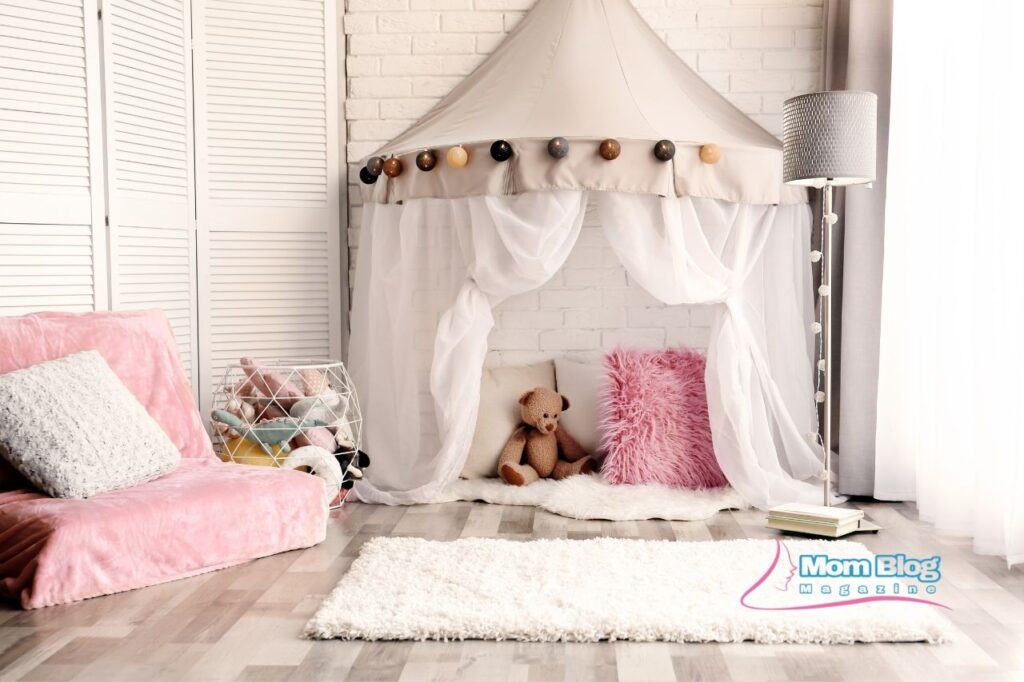
It is widely accepted that most of the children’s plays take place on the floor. Having a safe floor is, therefore, a bonus to the safety of the room. Maintaining a cushioned floor is one of the best kids’ room decorating ideas you will generate. For this, most people prefer fluffy carpets.
If you decide to choose a fluffy carpet, it is safe to ensure that they do not play with small objects on it. Those can easily get lost in the fluffy carpets and pose a danger to the kids. Alternatively, floor rugs can be used instead. The idea is to avoid the children’s apartment floor being bare and injurious to play on, as it may often cause accidents.
3. Consider Having Simulating Furniture in the Kids Room
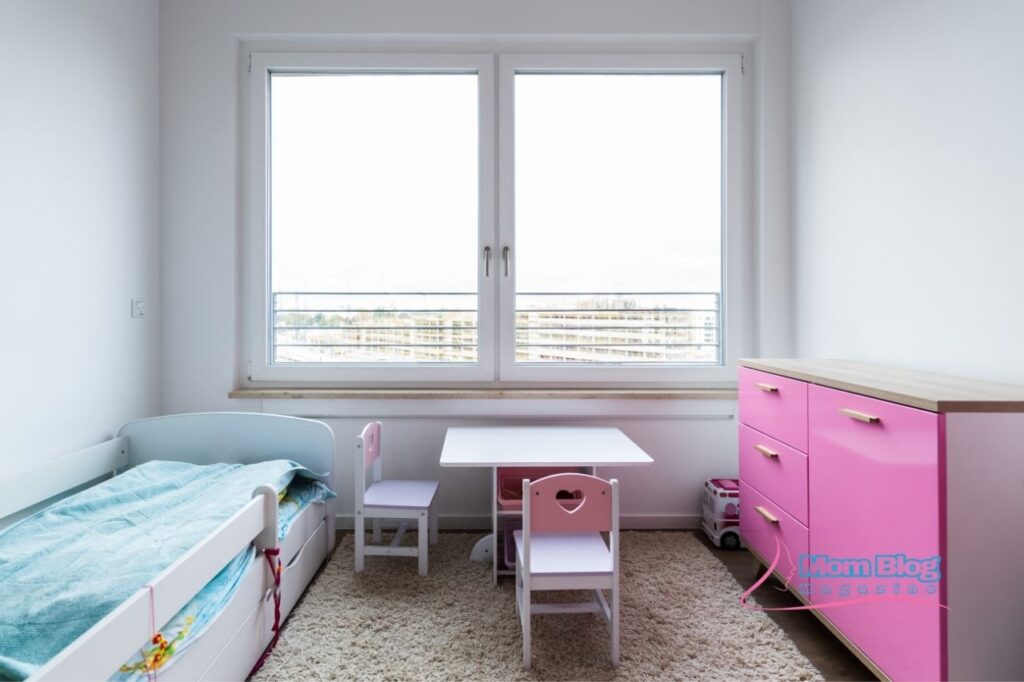
Kids’ room furniture should be limited to the bare necessities. A chair and a table, possibly for studying, is all they need. Including a lot of furniture in the children’s quarters limits the space and congests the apartment, making it less enjoyable.
They prefer a place where they can run about freely and safely. Besides, kids room furniture should be suitable to their needs. For school-going children, their places should have furniture that they can comfortably study on.
4. Get Kid-Friendly Colors for the Room
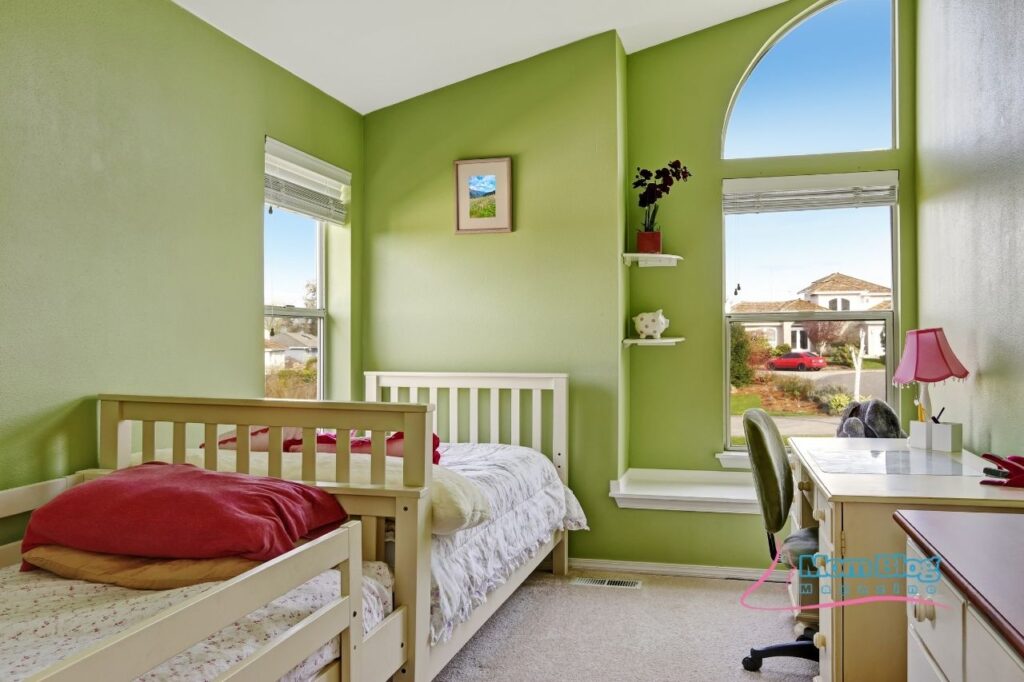
Many parents get stuck deciding what color code to go with when painting the places. Thus, it is essential to know that development in younger children is better stimulated by luminous and bright colors. Neon green, red, purple, maroon, yellow, and such colors are a great combination to stimulate positive growth for the children. Toys of these colors help a lot in decorating kids room for girls.
However, as the kids grow up, mild neutral colors are recommended. Such colors will not distract them from learning and help them to rest effectively after their busy days.
5. Appropriate Furnishing for Kids Room Window
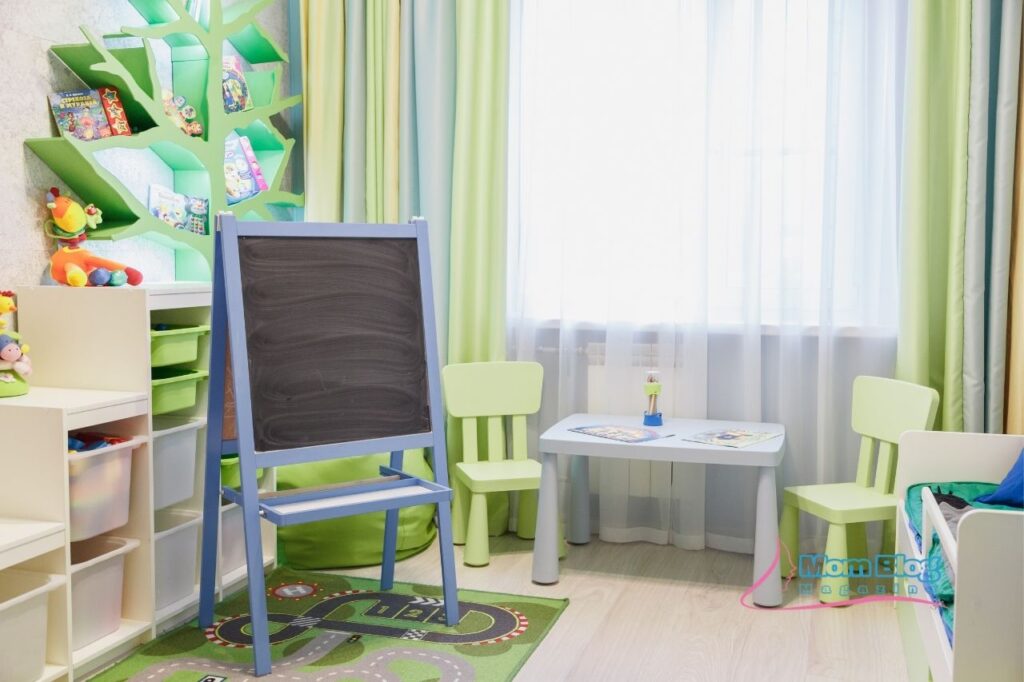
Window decorations for children’s rooms are supposed to be fancy as well. If your concern is small kids’ room ideas, you can ignore the concept of fancy curtains until they come of age. In their early years, kids most likely won’t appreciate your great taste, if only it’s not something they can climb on. So whenever you’re decorating the windows, ensure that they are safe for such games. The windows and the decors on them should allow enough lighting into the kids’ room for boys to be lively.
6. Kids Room Wall Decor
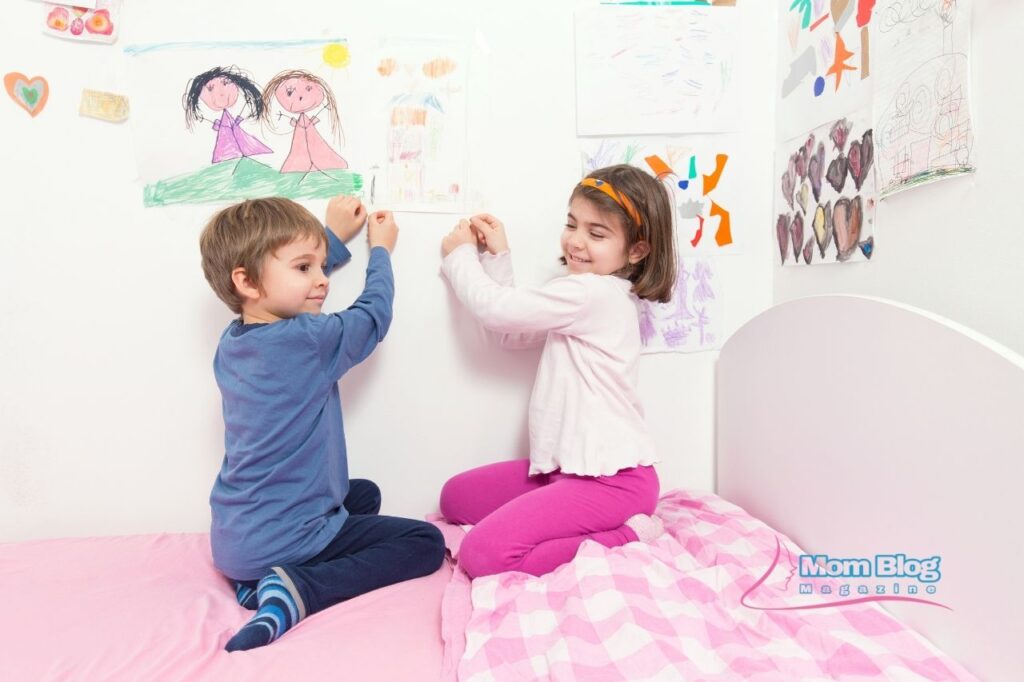
Wall decorations in kids’ rooms are an essential aspect. All kid’s room wallpapers are supposed to feature what the kids love most at that time. For instance, alphabetical decorations are stimulating for school-going children. Wall charts of various topics, such as geography and art, make the kid’s rooms educational and beautiful. In such contexts, the kids barely find the room boring at all.
7. Install a Good Lighting System
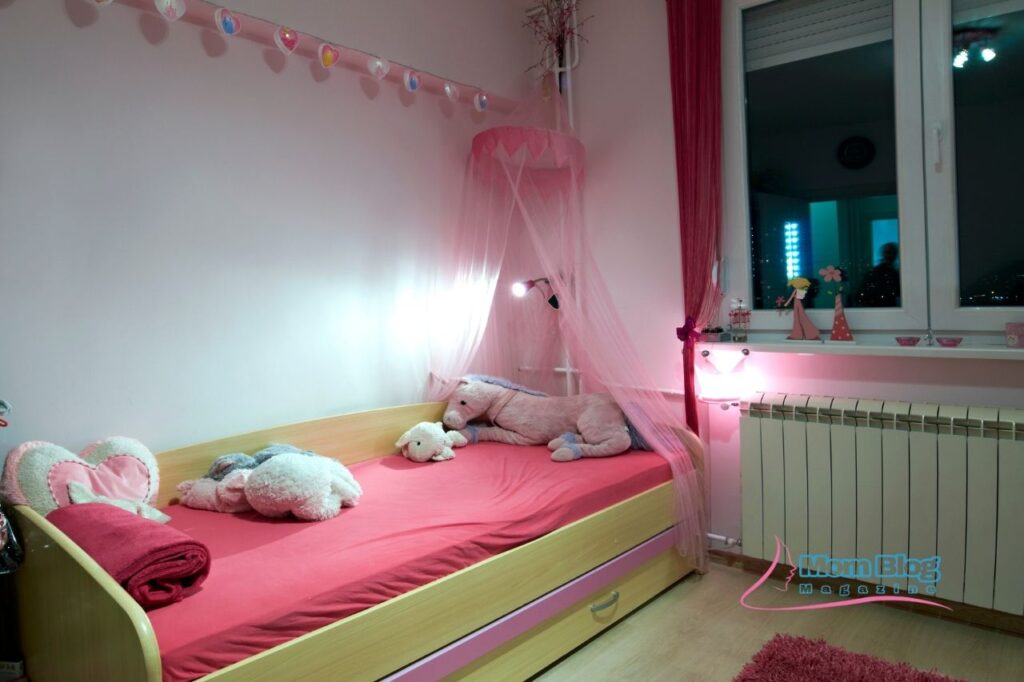
Some kids are known to cry at night when they wake up and find their room in darkness. The solution to this is to look for appropriate night lights. The lights need not be too luminous to disturb them while they are asleep. A dim light is considered appropriate as it provides just enough light if the kid wakes up at night.
During the day, the room’s lighting pattern has to be enough to allow kids to play around. There are many ideas for kids’ room decor in the market. Whichever you go for, ensure that it contributes to enough lighting.
Conclusion
Many parents face the dilemma of deciding what to include in the kids’ rooms for playing. Others are stuck on how to decorate kids’ rooms with stimulating materials. Decorating children’s’ rooms should be a stepwise approach that works to get the kids interested in their room.
Besides, it is essential to ask for their opinion before rebranding their rooms. All the effort you put in to get the kids room to look better and feel better for them eventually shapes who they will be when they finally grow up. It is vital then that enough consideration is put in place before embarking on changing it. Esteem to make the children proud by the apartment that you decorate for them.
Did you learn a new thing from this article? Kindly let us know in the comments.
Author Bio
Betty Olsen is a content writer who specializes in home interior design, gardening, landscaping, and healthy living topics. She knows how to make a beautiful backyard without spending lots of money.




